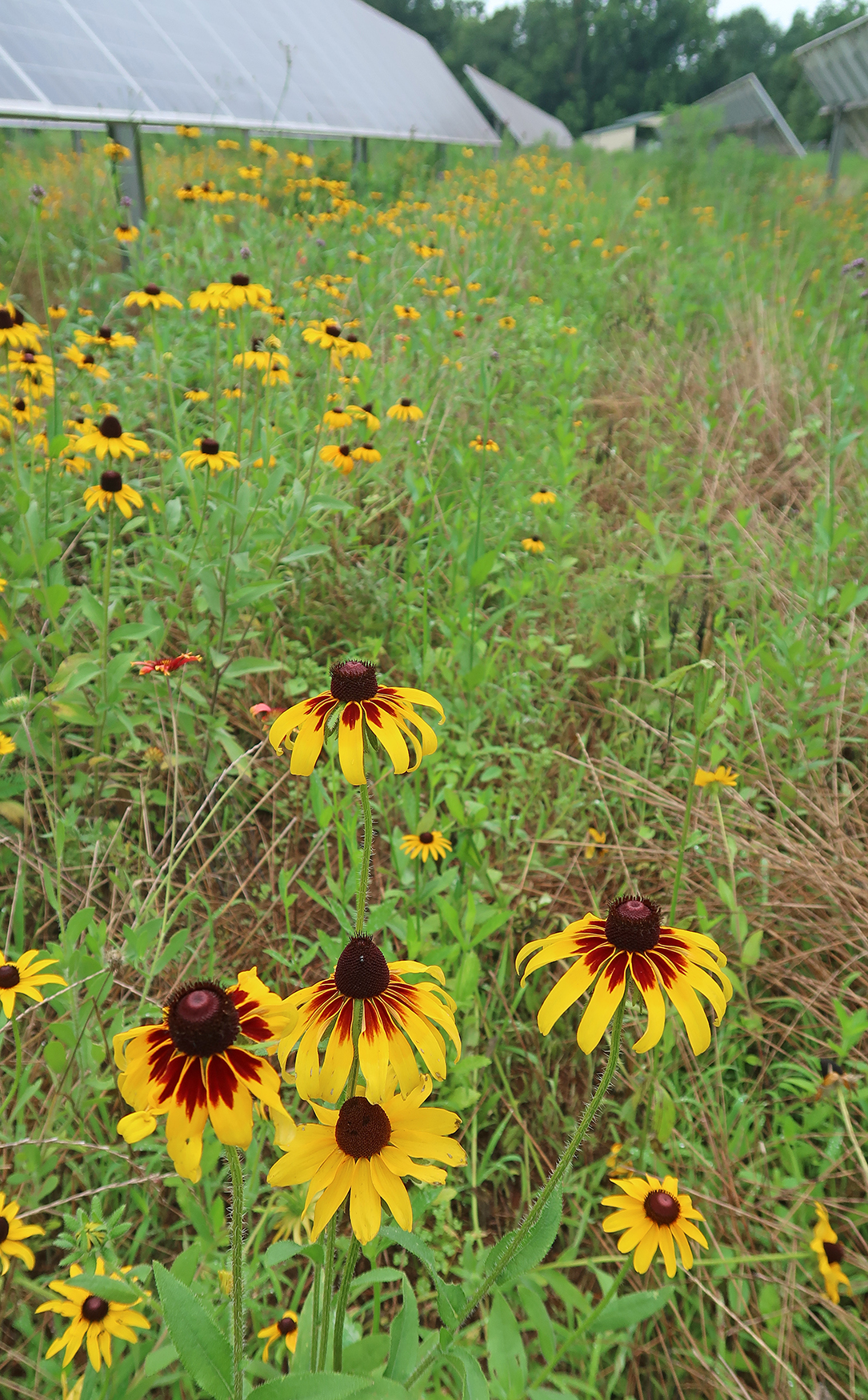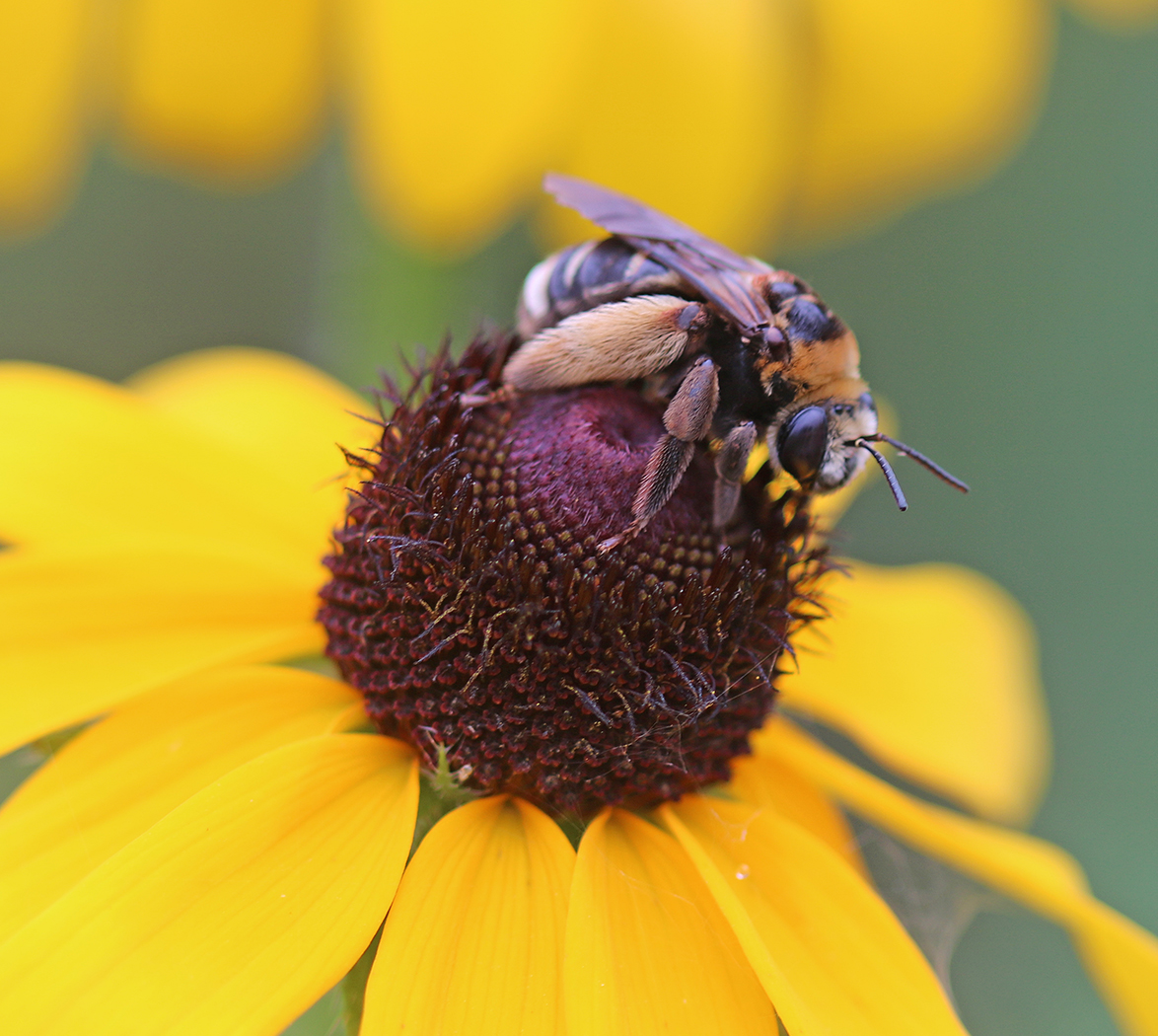-
Pennisi, Svoboda Vladimirova
Empowering Biodiversity on Solar Farms
Summary
Solar farms are embedded in the agricultural landscape. In addition to electrical power, they can also be used as refuge habitats for pollinators and other beneficial insects. Wildflowers can provide floral provisioning (e.g. pollen and nectar) for native pollinating insects. This project focuses on finding the best performing plants, and formulating guidelines, including economics and management of the plant-technology enterprise, for cost-effective, long-term success.
Situation
Pollinator decline is a growing concern and habitat decline has been one of the main drivers. Therefore, synergizing sustainable energy production with providing refuge habitat for insects can mitigate the negative effects of habitat loss. Many practical concerns remain unanswered, e.g. formulating site-specific mixes for long-term growth, cost-effective means of weed suppression, successful integration of plants and power production, and economically viable low-maintenance methods, are all current challenges.
Response
In collaboration with private solar companies, federal agencies (Georgia Fish and Wildlife, NRCS), scientists at UGA established a research site at the 25-acre Carter solar farm facility in Plains, GA. We are testing wildflower species mixes under standard bed preparation methods and recommended maintenance regimes. We are analyzing inputs and measuring habitat establishment and success over several seasons.
Impact
Site preparation followed standard Xerces and NRCS protocols. We seeded two mixes, low-diversity (7 species) and high-diversity mix (18 species). Species were selected for adaptability to southeastern growing conditions, bloom period, growth habit, annual and perennial life cycle, and high floral provisioning. We measured and recorded plant species emergence and persistence, growth, and flowering. We also sampled for insect richness and abundance. Data from the year immediately following seeding showed high emergence of Indian blanketflower (Gaillardia), black- and brown-eyed Susan (Rudbeckia spp) and partridge pea (Chamaecrista spp.). These species also showed great potential for establishing from seed and self-sustaining under the solar panels.
State Issue
Sustainability, Conservation, & the Environment
Details
- Year: 2020
- Geographic Scope: State
- County: Sumter
- Location: College Station, Athens
-
Program Areas:
- Agriculture & Natural Resources
Author
Collaborator(s)
CAES Collaborator(s)
- Kvien, Craig K.
- Schmidt, Jason
Research Impact


